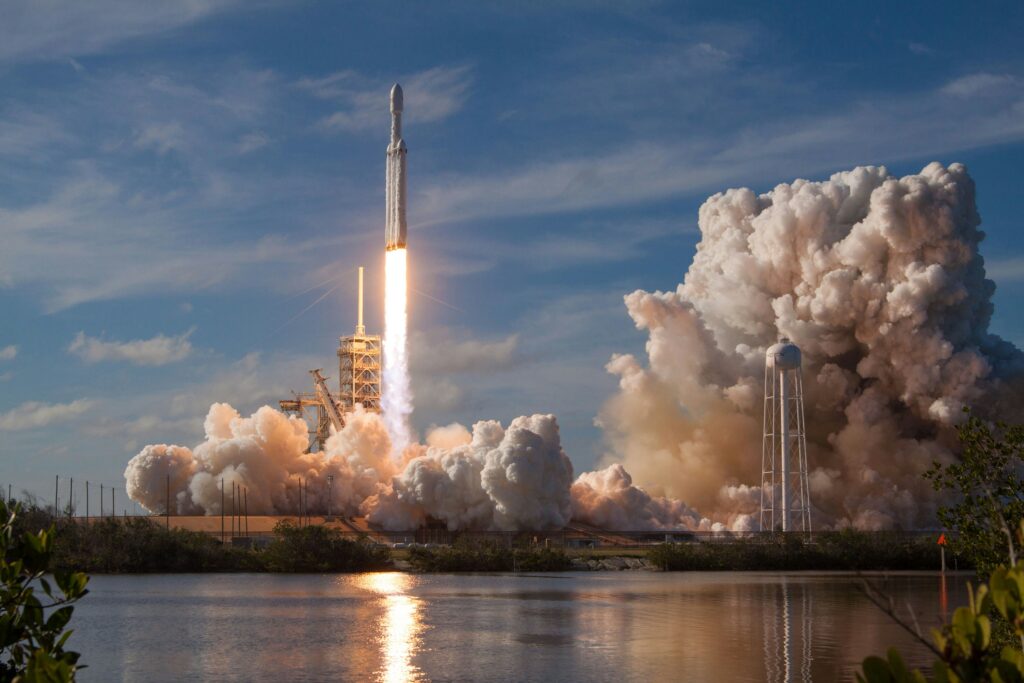On December 30, 2024, a 500-kilogram piece of space debris fell into the Kenyan village of Mukuku, raising concerns about the risks of growing space junk. The object, identified as a separation ring from a multistage rocket, was secured by local authorities and the Kenya Space Agency. The event underscores the escalating issue of orbital debris, with experts warning about potential global consequences if left unaddressed.
Unexpected Space Debris Crash in Mukuku, Kenya
On December 30, 2024, a rare and alarming event captured global attention when a massive metallic ring, weighing 500 kilograms and measuring 2.5 meters in diameter, fell from the sky into Mukuku, a small village in Makueni County, Kenya. The object, identified by the Kenya Space Agency (KSA) as a separation ring from a multistage rocket, was discarded once it completed its function during a space launch.
The KSA swiftly responded, securing the crash site with the assistance of local authorities and security forces. The object was carefully retrieved and transported to a laboratory for further analysis. Preliminary tests confirmed it was a standard piece of space mission hardware. While villagers initially feared potential dangers, the KSA reassured the public that the object posed no immediate risk.
Growing Concerns About Space Debris
This incident is a stark reminder of the growing issue of space debris orbiting Earth. NASA reports that nearly 6,000 tons of debris currently surround our planet, a figure that continues to increase as the number of satellite launches and commercial space projects rises. Each new object added to Earth’s orbit raises the chances of collisions and re-entry incidents.
Vishnu Reddy, a scientist at the University of Arizona, emphasized the urgency of the issue. “The number of launched objects has increased exponentially in recent years,” Reddy stated. This rapid growth heightens the risk of the Kessler Syndrome—a catastrophic chain reaction of collisions in low Earth orbit (LEO) that could render vast regions of orbit unusable for decades.
Orbital Collisions: Risks and Global Consequences
The Kessler Syndrome presents significant dangers for both space missions and technologies on Earth. If left unchecked, a collision-driven increase in space debris could disrupt crucial services like GPS, satellite communications, and weather forecasting. These disruptions would have widespread implications for daily life and the global economy.
The Mukuku crash brings into sharp focus the pressing need for international collaboration and stricter space debris regulations. Scientists and policymakers urge immediate action to prevent further incidents and manage the growing risks of orbital collisions.
Investigating the Source of the Space Debris
The KSA is currently investigating which rocket the separation ring originated from. This inquiry is part of a larger conversation about international space law, which holds nations accountable for the objects they launch into orbit. Even when space debris re-enters Earth’s atmosphere uncontrollably, the country responsible for the launch remains liable for its consequences.
This investigation is likely to intensify discussions on how best to address the space debris crisis, as well as the accountability mechanisms that can ensure safer space operations.
For space enthusiasts and aspiring astronomers, a “Gskyer Telescope“ can offer a closer look at the stars and planets, offering a chance to explore the wonders of space firsthand while raising awareness about the growing importance of managing space debris.


